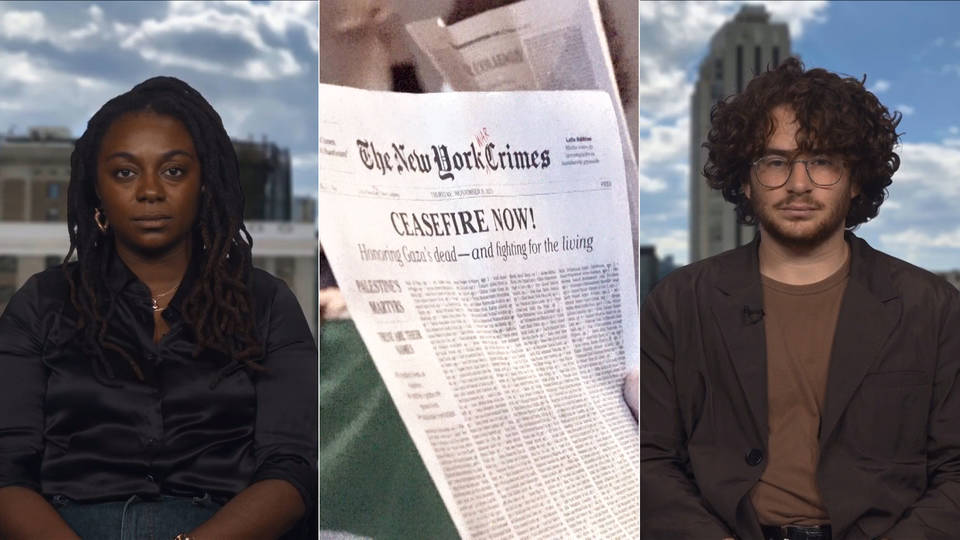Exposed Agenda: Independent Media Uncover Serious Ethical Questions About New York Times Reporting on Gaza, Including Hamas Sexual Assault Claims
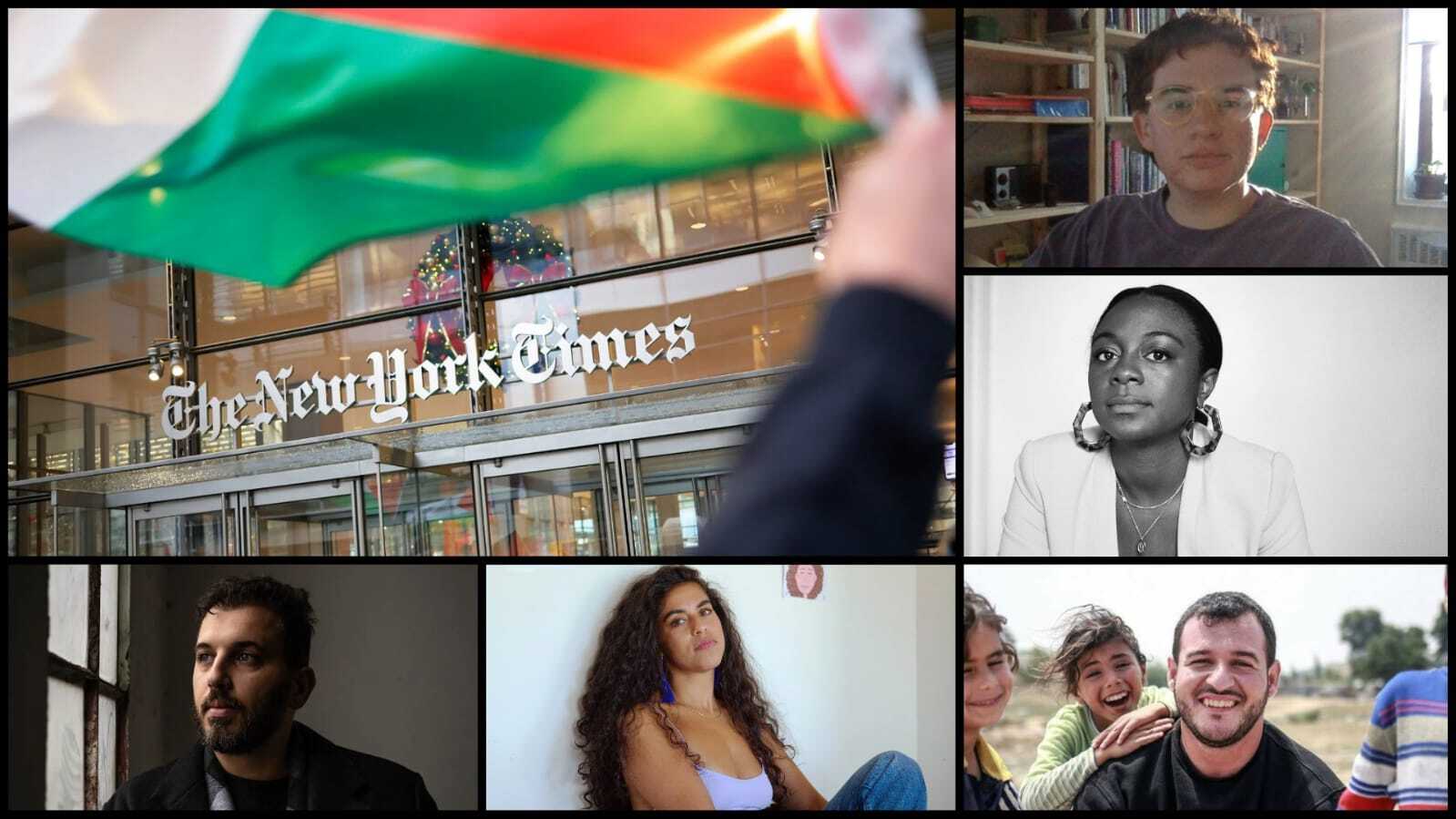
The journalistic ethics and integrity of a leading American newspaper are being questioned after new evidence emerged exposing it to further criticism of biased, pro-Israel coverage of the war on Gaza.
The New York Times is under immense pressure to fire Anat Schwarz, one of its Israel-based journalists who reported on several stories, including a highly controversial December 28 article on alleged systematic sexual violence by Hamas during its deadly October 7 attack.

The primary author was Pulitzer prize-winning journalist Jeffrey Gettlemen but its Shwarz credibility that's been scrutinized as it came to light that she 'liked' social media posts supporting the “genocidal mass murder” of Palestinians and was reported to have compromizing links with the Israeli Defence Forces (IDF). It was also revealed she had no experience as a journalist prior to the current outbreak of violence and that the third named 'journalist' was her 24-year-old nephew, Adam Sella, who described himself as a food writer.
For months independent investigations by social media platforms reported that The New York Times had been displaying bias in its overall coverage of the conflict, disproportionately highlighting Israeli deaths and using emotive language to describe Israeli casualties but not Palestinian ones. Moreover, the newspaper is accused of providing one-sided coverage of antisemitic acts in the U.S. while largely overlooking anti-Muslim racism following the October attacks.

But it was the accusations of rape and violence by Hamas that caused serious concern. Last December there was a high profile gathering organized by Israel’s Permanent Mission to the U.N., where several Israeli officials and senior figures like Hillary Clinton highlighted claims of atrocities committed against women by Hamas during its October attack. They also accused the international community of being silent on the issue.
However, the report by The New York Times is now under fire due to the claims against Shwarz and her nephew. The paper is known to impose strict rules on its reporters to uphold the appearance of objectivity. They are prohibited from attending demonstrations of any kind, wearing campaign buttons, or expressing opinions on social media.

Insiders claim that by hiring Anat Schwartz, the paper violated its own guidelines, and they believe it should publicly explain how she and her relative were appointed and check the veracity of all their reporting.
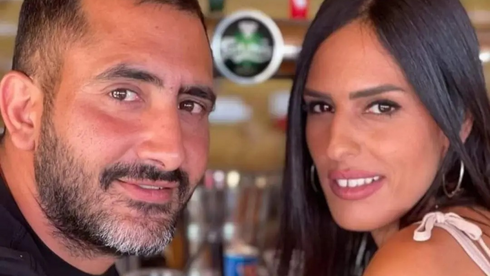
Critics say The Times' contentious report, headlined ‘Screams Without Words: How Hamas Weaponized Sexual Violence on Oct. 7’ regurgitated false claims and was filled with inaccuracies in order to manufacture a pattern of gender-based violence during the attack. It relied heavily on the alleged rape of Gal Abdush, who was brutally killed along with her husband. However, when the story was published her close family members denied there was any evidence she was raped, and they claim that Times reporters interviewed them under false pretenses.
Concerns over the reporting have been mounting for weeks, culminating in the recent revelations unearthed by left-leaning independent social media investigations. One going by the handle @zei_squirrel on X (Twitter) shared screenshots of Schwartz “liking” posts that repeated the “40 beheaded baby” hoax, and endorsed another hysterical post that urged the Israeli army to “turn Gaza into a slaughterhouse,” calling Palestinians “human animals.”
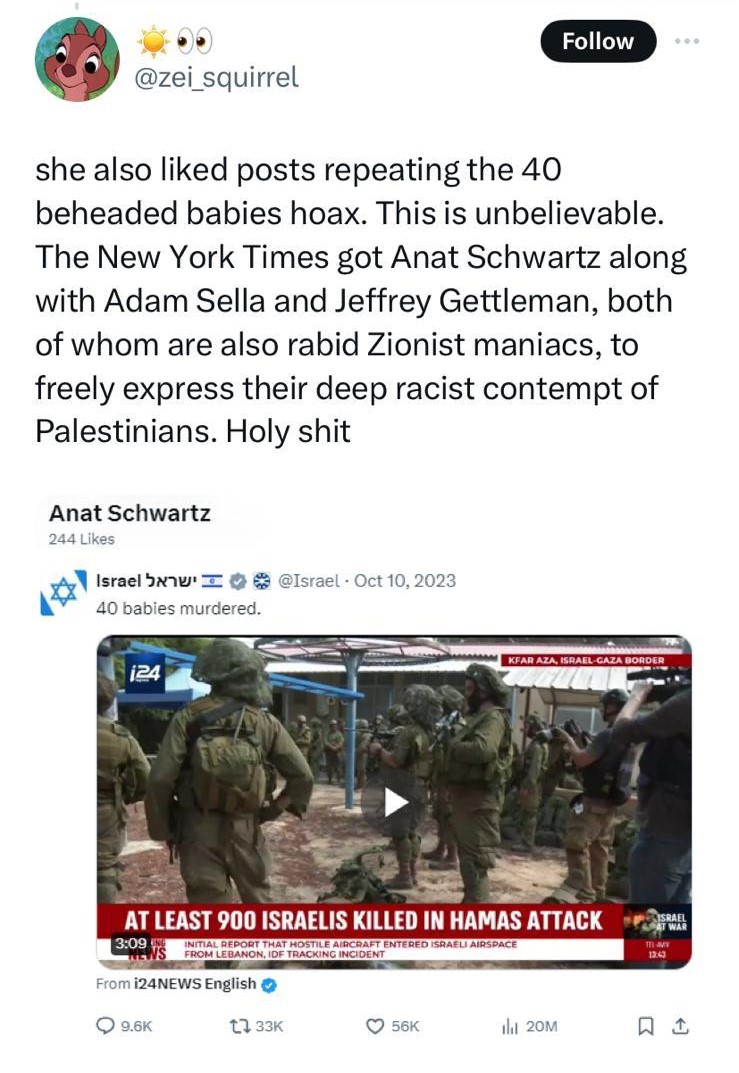
The atrocity propaganda surrounding the 40-beheaded babies claim, which was repeated by the president of the US, was widely discredited as a hoax soon after it emerged.
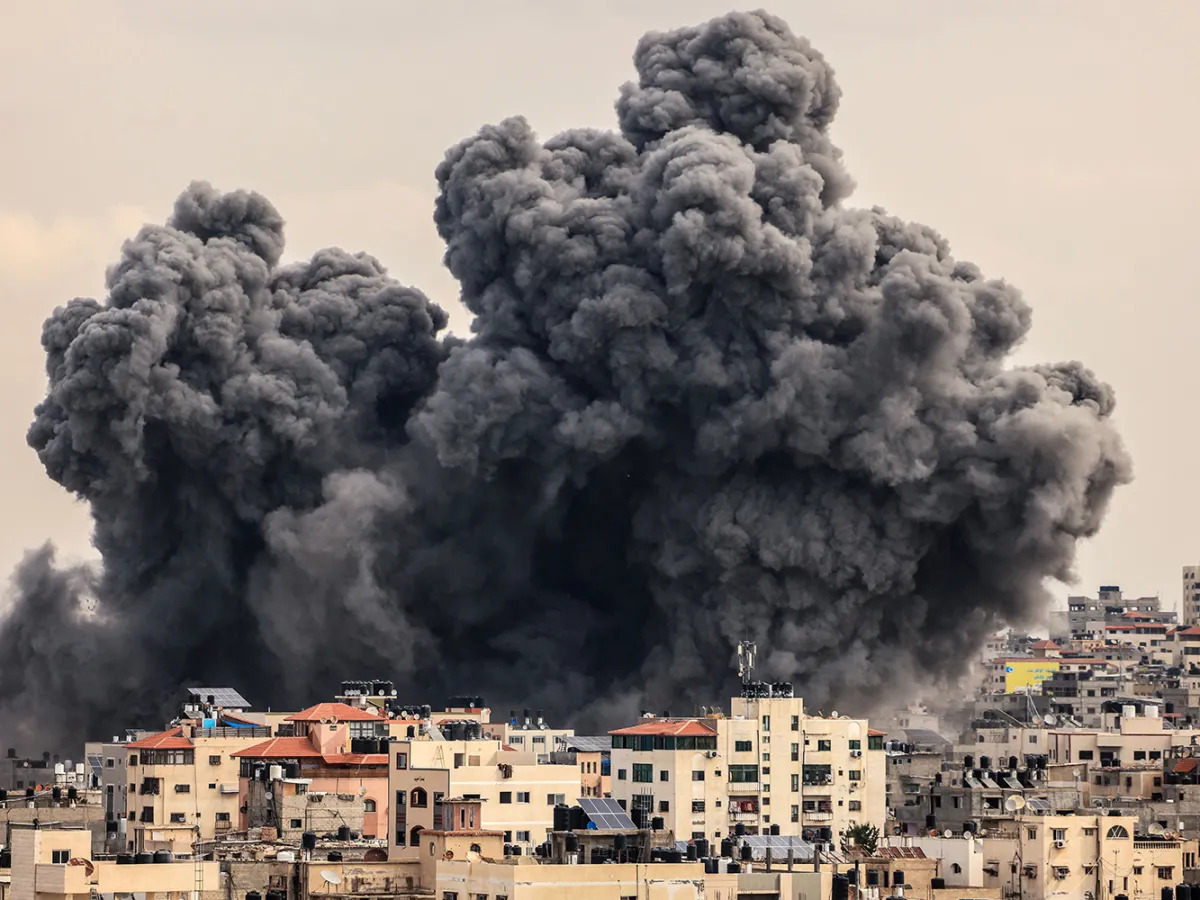
The Committee for Accuracy in Middle East Reporting and Analysis (CAMERA), established in 1982, also influenced changes at The New York Times, among which was a correction to the language regarding Palestinian deaths in Gaza.
Activists have been gathering at The New York Times office, occupying its lobby to protest what they perceived as media bias favoring Israel in the ongoing Israel-Hamas conflict. They scattered mock newspapers titled 'The New York Crimes' on the floor and read out the names of thousands of Palestinians, including journalists, who had been killed in Gaza.

Pulitzer-Winning Journalist and Others Expose New York Times Double Standards
The Times' pro-Israel reporting became evident when the British journalist, Mona Chalabi, who won the Pulitzer prize last year for her work with the paper - chose to openly criticize it's coverage during the awards ceremony, describing the night as 'rough.'
In an interview, she reflected, “ I just wanted to say to my colleagues in the room that no one was saying Palestine, and to not even use the word Palestine is, in itself, a journalistic choice.” She said, “I believe that there are a lot of individuals who work at The Times who happen to be quite senior, who have a blind spot when it comes to Israel and Palestine, and emotional as well as an informational blind spot.”
In its reporting on Israel and the Palestinians over the years, the newspaper has faced accusations of prioritizing certain perspectives while diminishing others, neglecting crucial context, and perpetuating (unconscious) stereotypes when it comes to Palestinians.
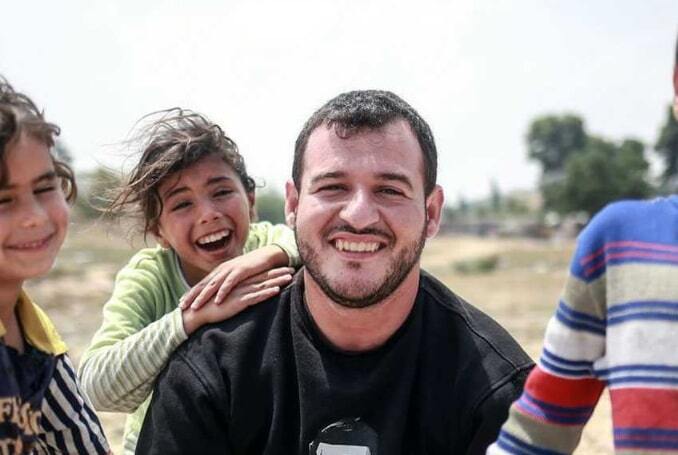
Hosam Salem, a Palestinian photographer who freelanced for the New York Times in Gaza for four years, was dismissed after a pro-Israel organization accused him of Facebook posts supporting Palestinian resistance. “What is taking place is a systematic effort to distort the image of Palestinian journalists as being incapable of trustworthiness and integrity, simply because we cover the human rights violations that the Palestinian people undergo on a daily basis at the hands of the Israeli army,” he said.
New York Times writer Jazmine Hughes resigned following a conversation with her editor regarding a violation of newsroom policy. She had signed an open letter opposing the Israel-Gaza war which was deemed a breach of newsroom policies by the Times.
The anti-war letter was also signed by contributing writer Jamie Lauren Keiles who says she was also forced out of The Times. This was in line with a wave of ousting's in other media platforms, including journalists from the Los Angeles Times, Jewish Currents, Vox Media, New York Magazine and elsewhere.
Both former writers for The Times argue that the scrutiny of pro-Palestinian activism by their former institution represents a double standard and suggests tacit support for Israel.
Clash of Narratives: Israel vs. Palestine
A quantitative analysis in January revealed a notable bias in major newspapers towards Israeli perspectives. The Intercept last November also conducted a comprehensive study, examining over 1,000 articles from prominent publications such as the New York Times, the Washington Post, and the Los Angeles Times concerning Israel’s military actions in Gaza.
Across these newspapers, references to "Israeli" or "Israel" outnumbered mentions of "Palestinian" or related terms, despite Palestinian casualties significantly exceeding Israeli casualties. Emotive language, such as "slaughter," "massacre," and "horrific," predominantly described Israeli civilian deaths caused by Palestinians, rather than the reverse scenario.
The report also focused on the media's tendency to label institutions in Gaza, such as the Health Ministry, as "Hamas-led" and the government as "Hamas-run," undermining trust in the information provided by Palestinian authorities. In contrast, Israeli government and institutions were never described as "Likud-led" or "Netanyahu-run." Even US President Joe Biden publicly expressed skepticism about the death toll figures, stating he had "no confidence in the numbers that the Palestinians are using."
This is despite UN agencies, human rights groups, publications like The Lancet and officials from the World Health Organization all backing the accuracy and veracity of figures released by Gaza’s health ministry.

